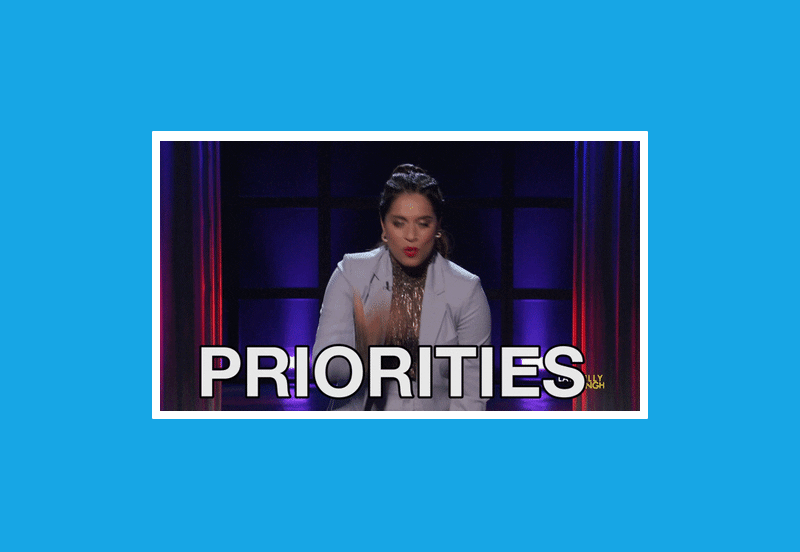A Paying Gig in the Orange Economy
Author: Sonja Dumas

She want me to sing in de party
And don’t want to pay me no money
I say, dahlin’, I cyah do dat
It is against de copyright act
(But still) She want me to sing in de party
For free…
Scrunter, 1986
The words of Trinidad and Tobago calypsonian Scrunter (aka Irwin Reyes Johnson), echo as a loudly in 2021 as they did when he presented the world with the now-classic 1986 calypso hit. What the song illustrates is the fundamental disconnect 🔌 in the supply and demand chain for the average performing artist who lives from gig to gig and the people or entities who hire him/her.
The assumption on the part of those seeking to engage the services of an artist for a one-off performance (my definition of a gig) 🧑🏿🎤 is that the performer should contribute to the cause, get exposure or be paid less than a fair wage for his or her services. That might be true in some instances – for instance – a very young, green performer looking to get their foot in the door should probably offer their services for free or close to it. Or if there is a disaster relief concert where the artists come together in a collective effort for a greater good, an artist should probably do this for free also.
Cue: “We are the World” – the one for Africa in 1985 and the one for Haiti in 2010). Note, however, that those performers on those projects were/are established, world-renowned artists who likely had/have the big bucks rolling in and could afford to do some charity work. But in many cases, a less famous seasoned performer is expected to roll out the rug of generosity to get his or her 5 minutes of fame for a far less lofty cause – to ease up the pockets of the promoter or producer.
I’m not advocating that everyone be paid top rate (or even paid at all); as mentioned, there are those new artists who need to start at the bottom and work their way up. Entertainment is a grueling business and if they’re serious, they need to learn that the glamour of the stage is underpinned with exponential quantities of hard work, competition and negotiation that are larger unseen by the same public that comes to see the show. And sometimes compensation is, in fact, in the form or exposure or experience. But for that performer who wants to make a consistent, decent living off of his or her performing arts practice and who consistently delivers a solid product, there needs to be a fundamental understanding on the part of those who hire them that their efforts must be compensated fairly (watch Rihanna’s shocking music video on the matter here. It is absolutely not recommended that anyone resort to these tactics to get their money – or for any other reason).
The creative economy is just that – an economy. In theory, it’s an ecosystem of transactions that leads to regular compensation for the creative efforts of those in that ecosystem. The performing artist tends to be the member of that system whose services are too nebulous to quantify, when, in fact, creating a quick formula for payment ain’t really that hard. And regular compensation would lead to greater disposable income, which leads to more spending so that the artist can reasonably expect to pay down on a house, pay the mortgage, raise children – you know – all those things that “regular people” do 🏡. The holders of the purses would therefore do well to consider enhancing the economy by offering fair wages for artistic effort. And let the artists decide when they give their services away. As Scrunter quips in his calypso:
“Madame, this is my profession
When it’s charity, I give a donation.”



